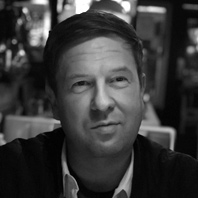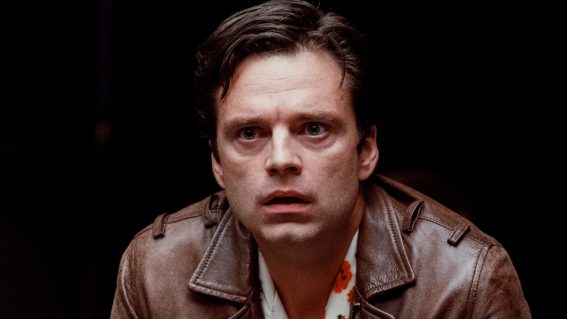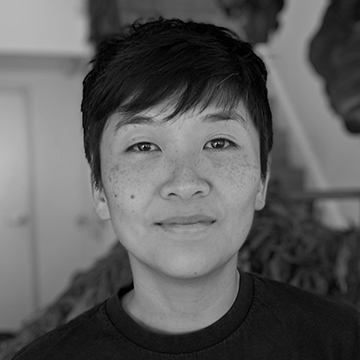Beetlejuice Beetlejuice isn’t a masterpiece (or even really an amazing film) but it is a good time
“At times it felt like I was on the Ghost Train at the Easter Show. It was awesome.”

Michael Keaton, Winona Ryder and Tim Burton are back for a 36-years-later follow-up to the zany comedy hit. There’s plenty going on to set Beetlejuice Beetlejuice apart from its legacy sequel brethren, says Dominic Corry.
Tim Burton is great at using the caché he generates from success to force mainstream Hollywood outside of its comfort zone, usually to Hollywood’s ultimate commercial benefit.
There have been rumours of a Beetlejuice follow-up in place pretty much since the first film came out, and in the three-and-something decades since then, the feverish desire for one has only grown as sequels and reboots centred around “known properties” have become Hollywood’s bread and butter.
So although Burton hasn’t had a big financial hit in a while, his association with the Beetlejuice intellectual property meant he had a little pull with this sequel, and what is so wonderful is that he has used that pull to force through a charmingly—and shockingly—tangible studio genre movie.
The amount of old fashioned practical effects in this movie flies brazenly in the face of mainstream studio wisdom, and I bet Burton was fighting off CGI all the way.
That’s not to say the film is devoid of CGI, it’s more that most of its fantasy elements are presented with in-camera techniques, which when combined with a vivid colour palette and a bevy of top stars, help set Beetlejuice Beetlejuice apart from its legacy sequel brethren.

All the shrunken heads, bifurcated bodies, impaled ghosts and zombie babies appear to have been achieved with the kind of physical effects that haven’t been welcome on a sound stage in decades. At times it felt like I was on the Ghost Train at the Easter Show. It was awesome.
There are two flashback scenes in the movie, one takes the form of a stylised stop-motion vignette, the other like a black and white silent horror. Both are amazing.
The film doesn’t feel tonally as subversive as the original did in 1988 (if you don’t count the practical effects, a true subversion if ever there was one), but Michael Keaton, Winona Ryder and Jenna Ortega (as Ryder’s daughter) are all in top form, as is Catherine O’Hara, who seems to have even more of a presence here than she did in the original, reflecting her post-Schitt’s Creek heat.
New addition Justin Theroux fits into the world very well, as does Monica Bellucci, although the latter isn’t given a huge amount to do. But it’s nice that she looks like a live action version of Sally from The Nightmare Before Christmas.

There isn’t really much of a plot here, mainly a series of reasons to invoke the titular trickster demon, and he is deployed with relative sparseness. But the film has the rare grace in 2024 to remain under two hours long, and although it doesn’t amount to a heck of a lot, it’s a pleasant experience.
Most of the biggest laughs come from the inspired musical moments—I was never happier during the film than when BJ started belting out a certain Richard Marx staple.

Speaking as someone who was 11-years-old when the first one came out, I think perhaps the nicest thing about this movie was seeing Ryder in a lead role on the big screen. A true Hollywood survivor if ever there was one, she hits all the right notes here and I was filled with renewed appreciation for her unique cinematic presence, which loomed large in my youth.
Beetlejuice Beetlejuice isn’t a masterpiece or even really an amazing film, but it is a good time and a couple of laughs, which in the comedy-starved cinemas of today, is a nice thing indeed.
























